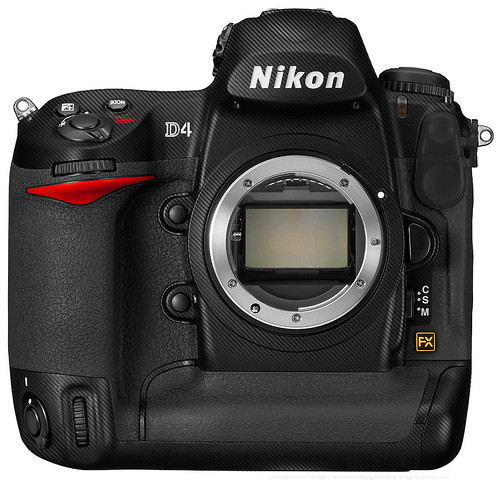25/9/2012
Photokina is over
We're living in an axciting era. Now that you can shoot video even with a Leica M camera we are at a point in which we can truly start to view full frame devices for both still and motion pictures in 24X36mm.

With Sony's first "full frame" cine camera with E-mount available at an affordable price (NEX VG-900E, approx. 3.300 euros), we were already experiencing true professional cinema-like quality for cheap. Canon too is on the market with professional (overpriced) 24X36mm cameras and lenses expressely built for videographers. And Panasonic teaches everyone else on quality/price performance in 4/3'', as usual. Only Nikon seems to be far behind with no dedicated cine cameras yet, despite the fact they were the first ones on the market four years ago with the first video-enabled DSLR, the D90. But we all know Nikon's policy when dealing with non-optical technologies: everything must be at the same level of their well renowned optics. There was a time in Hollywood when everyone was putting Nikkor lenses on their movie 35mm cameras (bear in mind: half the size of a 24X36mm sensor). Now they're apparently ignoring Nikon and going for Canon or Sony instead. But clever film makers paying attention to quality as well to the budget are still on the same side, they know they can trust Nikon and will never separate themselves from their precious Nikkor lenses. They're indy film makers who can now, as never before, avoid the stress hitting on their nerves when dealing with cameras and lens rentals, by using their own equipment. Let's see what we have after this Photokina: some month ago Nikon introduced a couple of cameras that showed the competition who has to be considered the master and leader of DSLR's production with the D800, the camera with the highest resolution ever, and the D4, the camera for the sport photographer. At Photokina Nikon introduced the D600, a 24 megapixel, full frame reflex camera at an astonishing, popular, price of approx. 2000 euros. What is it that makes Nikon shine in this phase (for film makers)? Here it is: today each and every Nikon FX camera not only produces excellent videos in full 24X36 or half frame (same format of cinema film cameras), it also have the option of clean HDMI output to be used for recording (as Panasonic with the GH2 and GH3 "mirrorless"). Canon, with their last DSLRs, the 5DMarkIII and the 6D, without HDMI output, missed the shot this time. With the latest recording devices capable of 4:2:2 quality hitting the market at prices as low as 600-1000 euros, these (Nikon and Panasonic DSLRs and mirrorless) are the cameras to beat. Here's the answer: Nikon is not behind, they've moved ahead with their DSLRs which can now perform on par with dedicated cine cameras, without having to invest (for the now) in new R&D for cine cameras. Now we're only waiting for the first "full frame" mirrorless camera capable of top level still and motion pictures (maybe Sony, who already have a system wich can support that, the E-mount for their NEXs). But the Sony NEX VG900, despite being also an excellent 24 megapixel still camera sporting an E-mount, when we come to ergonomics it clearly says it can be used only for video, probably by videographers who are not interested in the photographic aesthetics of the big format realm... what a pity.
UPDATE:
Canon is listening, and announces today, October 23, a firmware update for the EOS 5DmarkIII allowing clean Full HD output. The update is said to be in development, and available in april 2013. Great move Canon!
Now we wait for the same thing from Nikon, as the claimed clean Full HD output from the D600 seems to be clean but not so full as in the D800 and D4 (we've not tested the function though).

